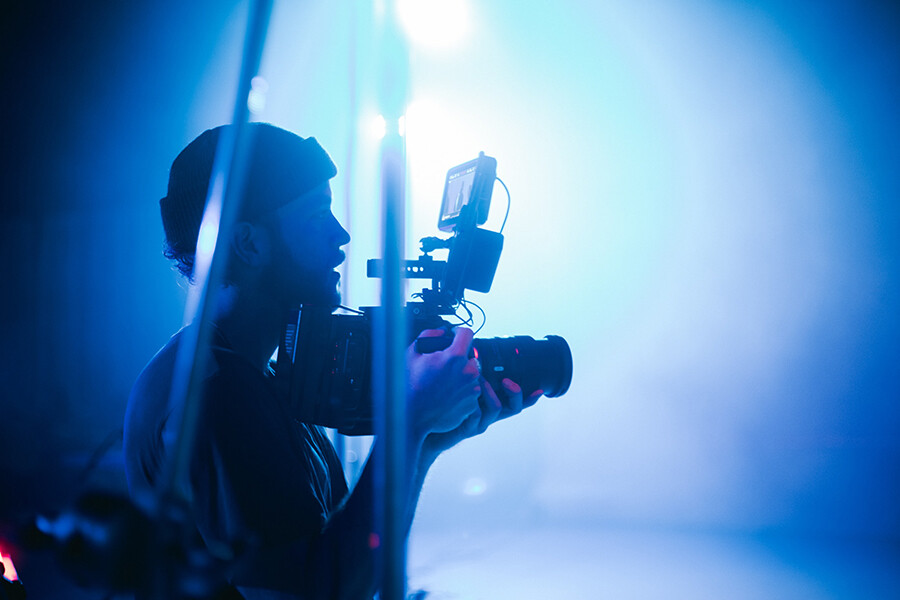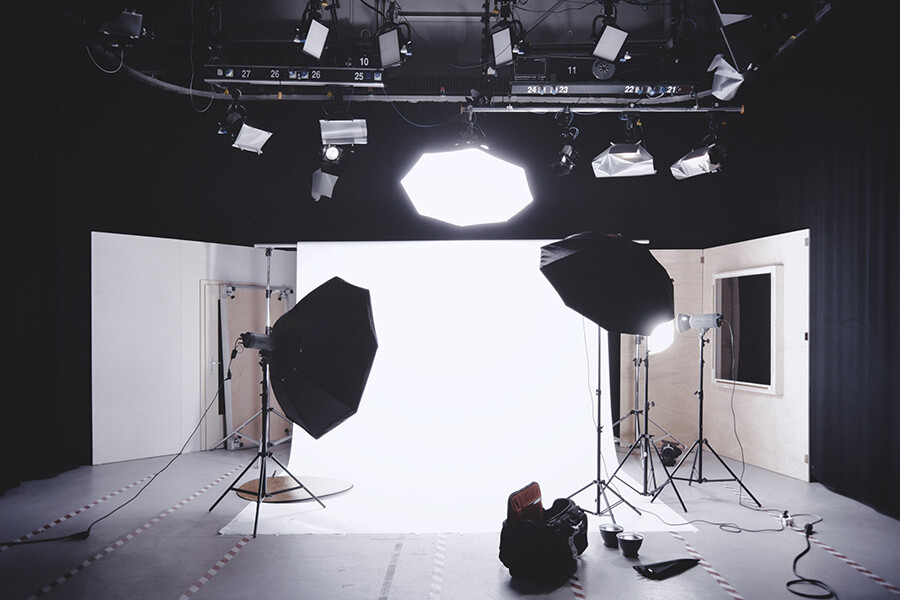- Accueil
- La recherche
- Mémoires et Travaux de fin d’études
- La relation entre ambiances sonores et image au cinéma poussée à la dissonance : des enjeux narratifs à explorer
La relation entre ambiances sonores et image au cinéma poussée à la dissonance : des enjeux narratifs à explorer
Auteur : Line MULTARI
Directeur(s) de mémoire : Jean Rouchouse & Mélissa Petitjean
Son
Résumé :
Ce mémoire est la finalité d’un travail de recherche mené à l’École Nationale Supérieure Louis-Lumière, dans le cadre de la formation du parcours Son.
La place des ambiances sonores au sein des films est une question qui commence à émerger depuis quelques années, mais est encore assez peu abordée. Ce travail cherche à approfondir les connaissances quant aux rôles donnés aux ambiances sonores, ainsi qu’à les définir davantage.
La question des dissonances entre l’ambiance sonore avec l’image est une esthétique sur laquelle peu de réflexions existent. La dissonance est définie dans cet écrit comme non négative, car utile à la narration, et comme étant une non-adéquation de l’ambiance sonore avec le décor présent à l’image. Malgré la rareté d’existence de cette esthétique dans les films que nous voyons, elle est belle et bien présente. Le travail effectué cherche à comprendre la cause de cette rareté, tout en montrant les richesses que ces dissonances entre l’image et l’ambiance sonore apportent à la narration et à l’émotion portée par un film. Une réflexion a été menée afin de comprendre comment les faire coexister davantage quand cela est possible et judicieux pour le film.
Cette étude s’inscrit dans le contexte de la pratique du montage son et du mixage son. Mais elle s’intéresse également à la manière dont ces dissonances sont reçues et accueillies par le public.
Des analyses de films ont été réalisées pour tenter de mettre en lumière ces dissonances. Elles sont décrites tant dans leur contenu que dans leur forme, et dans leur relation avec l’image et le reste de la bande son.
Puis, nous avons proposé une classification non exhaustive et évolutive des dissonances repérées afin de leur offrir une visibilité et de qualifier ces esthétiques.
Enfin, une expérience prenant la forme d’écoutes a été proposée à un public. Elle contient divers montages son incluant ou non des dissonances. Ces écoutes ont été accompagnées d’un questionnaire mêlant échelles graduées – afin d’attribuer des notes chiffrées selon certains critères – et des zones de commentaires libres, analysés de façon plus qualitative. Une trentaine de sujets a participé à ces tests. Cela a permis de comprendre que les spectateur.rice.s se sentaient plus captivé.e.s et 1 impliqué.e.s lors des visionnages d’extraits dissonants, et que malgré l’apparente incompréhension que peut provoquer une dissonance, une certaine partie d’entre eux.elles a tout de même préféré l’extrait dissonant de celui qui ne l’est pas. Pour ceux.elles qui ne préféraient pas les extraits dissonants, une des raisons était une habitude et une préférence à voir des films où le son accompagne de façon discrète et réaliste l’image.
Mots-clés : Dissonances audio-visuelles, Paysages sonores, Ambiances sonores, Réalisme, Contre-point, Perception, Réception, Distorsions.
—
Abstract: This work is the result of a research project carried out at the École Nationale Supérieure Louis-Lumière, in the Sound course.
The place of ambiences in films is a question that has been emerging for some years. However, it is still relatively unexplored. This work seeks to expand the knowledge of the roles given to soundscapes as well as to develop their definition.
The dissonances between ambiences and image is an aesthetic point that has not been widely discussed yet. In this dissertation, we define dissonance on the one hand as a non-negative aesthetic feature, because it is useful to the narrative, and on the other hand as a mismatch between the film’s soundscape and its production set. Despite the rarity of of this aesthetic feature in the films we see, it does exist. This dissertation tries to understand the cause of this rarity, while showing the richness that these dissonances between image and sound ambiences bring to the narration and the emotion carried by a film. A reflection has thus been developed to try to understand how to make these ambiences exist more than they do nowadays, when possible and wise for the film.
This study is developed in the context of sound editing’s and sound mixing’s praxis.
It also focuses on how these dissonances can be received and welcomed by an audience.
Firstly, film analyses have been carried out to highlight these dissonances, which are described both in terms of their content and their form, and in the way their relationships with the image and the rest of the soundtrack are built.
Then, I proposed a non-exhaustive and evolving classification of the identified dissonances in order to give them a wider visibility and to describe their aesthetic features.
Finally, a listening experiment was proposed to an audience. It contains various kind of sound editing, some of which include dissonances, while other don’t. These listening experiments were accompanied by a questionnaire including graduated scales in order to attribute numerical marks according to certain criterias, as well as free comments which were analysed in a more qualitative way. Around thirty subjects took part in these tests. This allowed me to understand that, during the experiment, viewers felt more captivated and involved when watching dissonant extracts, and that despite the misunderstanding that a dissonance can cause, a certain proportion of the viewers still preferred the dissonant extract to the non-dissonant one. For those who did not prefer the dissonant extract, one of the reasons for that was a habit and a preference to see films in which sound accompanies image in a discreet and realistic way.
Keywords: Asynchronism, Audio-visual dissonances, Soundscapes , Sound ambiences, Realism, Counterpoint, Perception, Reception, Distorsions.



